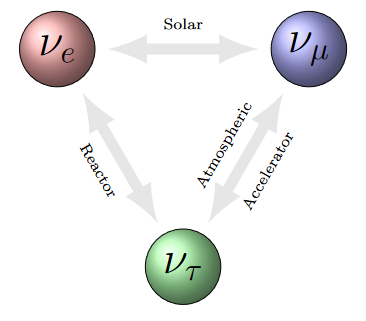This is an overview of our current thesis subjects.
Complexity Science
Entropic Complexity Measures for Atomic Nuclei
Nuclei are prototypical examples of self-bound and strongly correlated quantum systems. Nuclear momentum distributions contain the information about the nuclear ground state in the momentum space. Over the last decade a technique to compute nuclear momentum distributions over the full momentum range has been developed in the research group Theoretical Nuclear Physics and Statistical Physics.
The goal of the thesis is to numerically study the impact of the fat tails of the momentum distributions on the complexity of atomic nuclei.
Supervisors: Jan Ryckebusch
Entropic Complexity Measures for Assessing Volatile Markets
Entropy is a measure of the disorder or randomness in a system, reflecting the system’s level of uncertainty or information content. The concept of entropy is not uniquely relevant to thermodynamics and statistical mechanics, but can also be applied in the analysis of time series, in particular financial data.
Entropic complexity measures can be used to quantify market volatility and to characterize sudden economic events that can induce abrupt changes with potentially long-term consequences.
Supervisors: Jan Ryckebusch, Stijn De Backer
Quantum Walks and Its Extensions
The discrete-time quantum walk can be looked upon as the quantum counterpart of the classical random walk. It distinguishes itself from the classical random walk by the fact that the randomness does not arise from a stochastic transition between states, but from the inherent unpredictability of the outcome of a quantum measurement process.
In recent times, the quantum walk algorithm has been proposed as a promising tool to model the temporal evolution of financial assets.
Advanced adaptations of the quantum walk can serve as a building block of more sophisticated quantum computation algorithms.
The goal of the thesis is to study and implement quantum walk algorithms in a variety of (novel) situations.
Supervisors: Jan Ryckebusch, Stijn De Backer
Neutrino Physics
Thesis subjects for 2025-2026 are listed on Plato.

